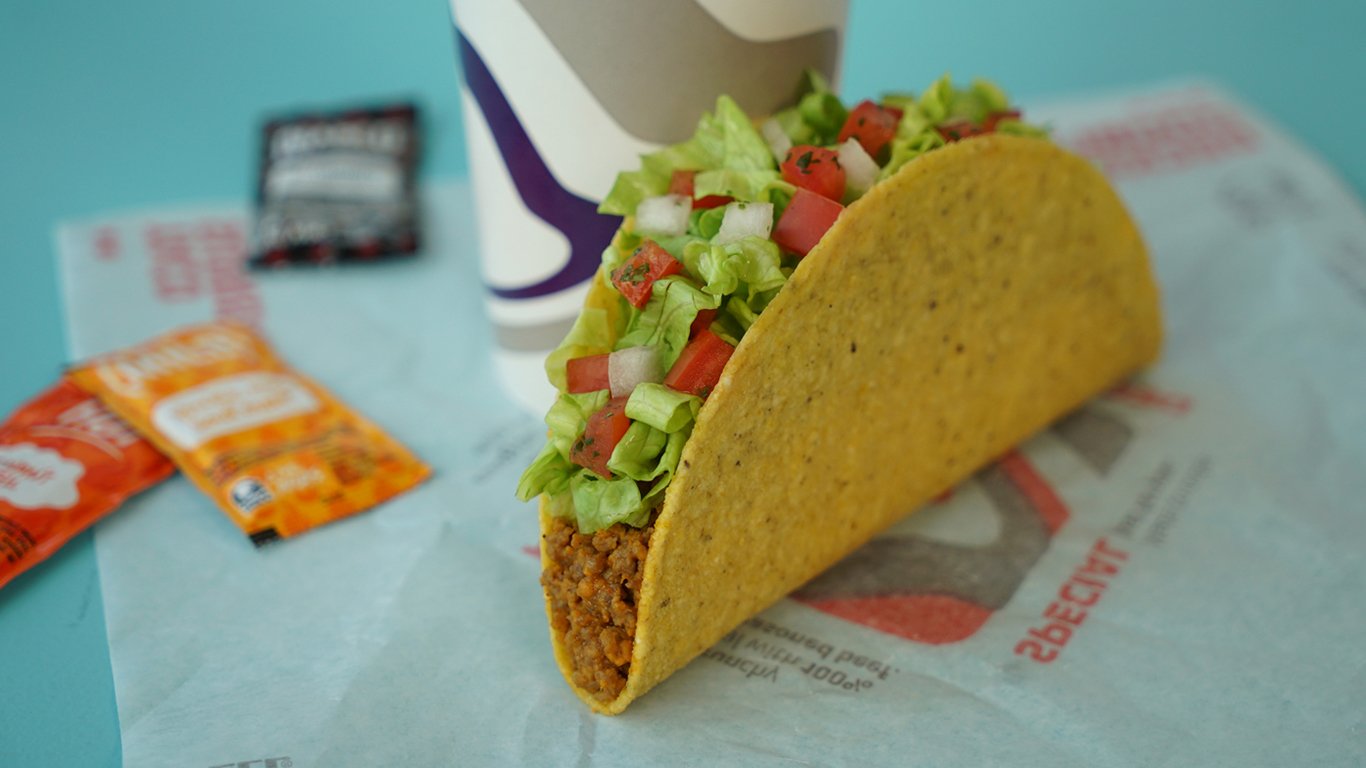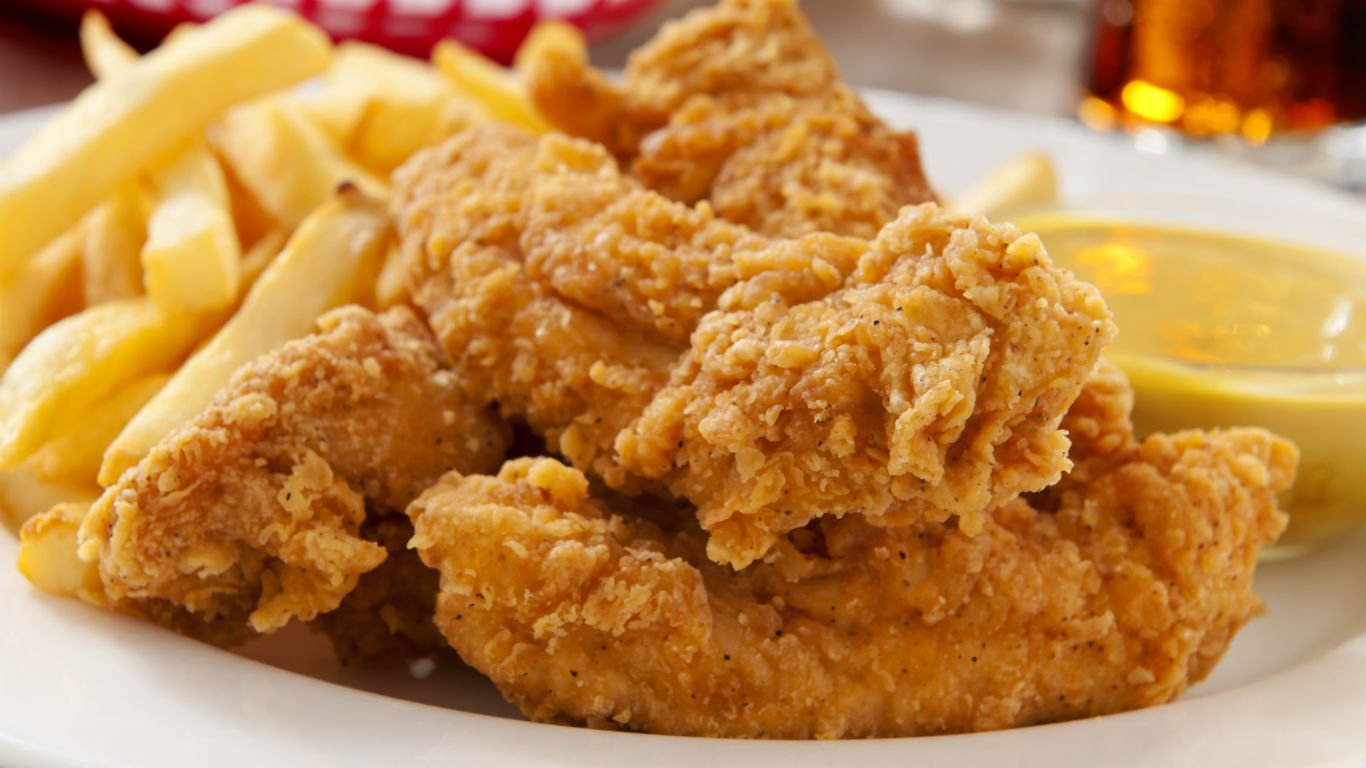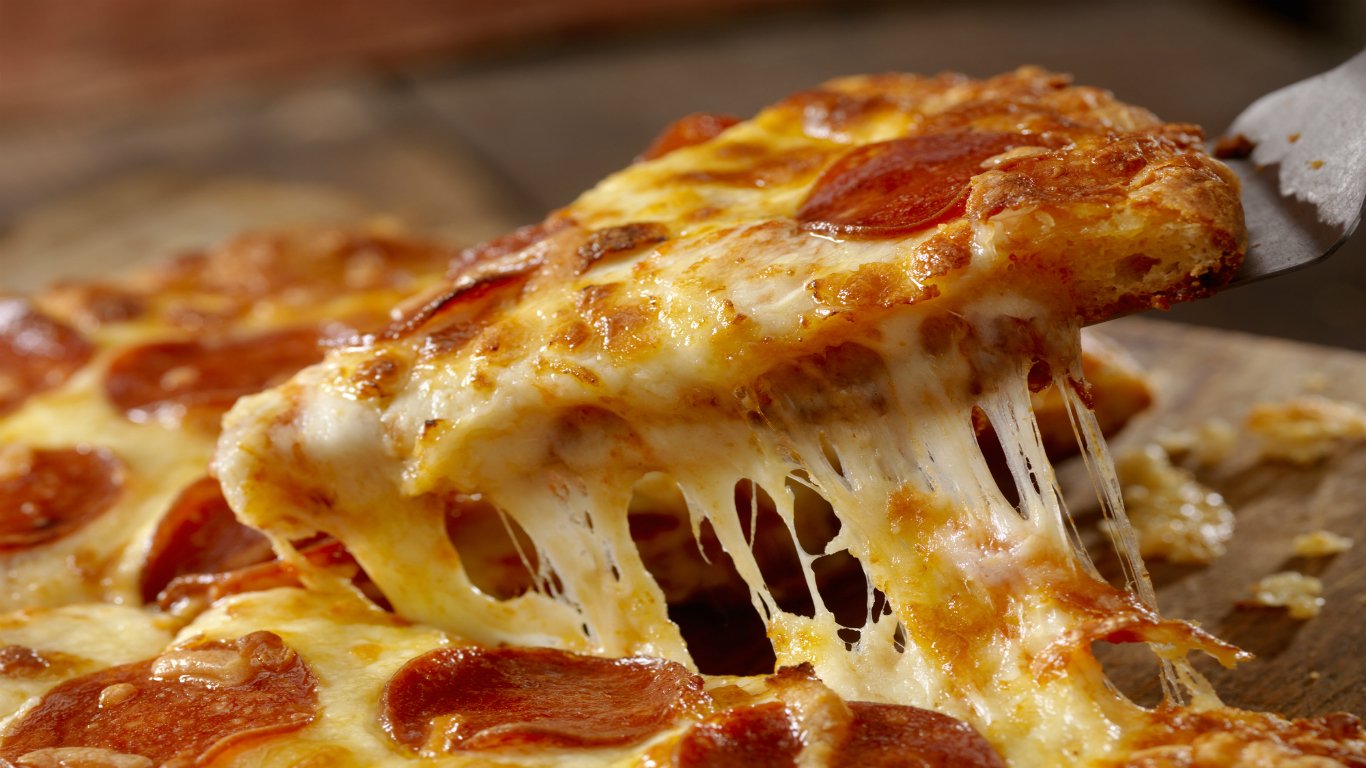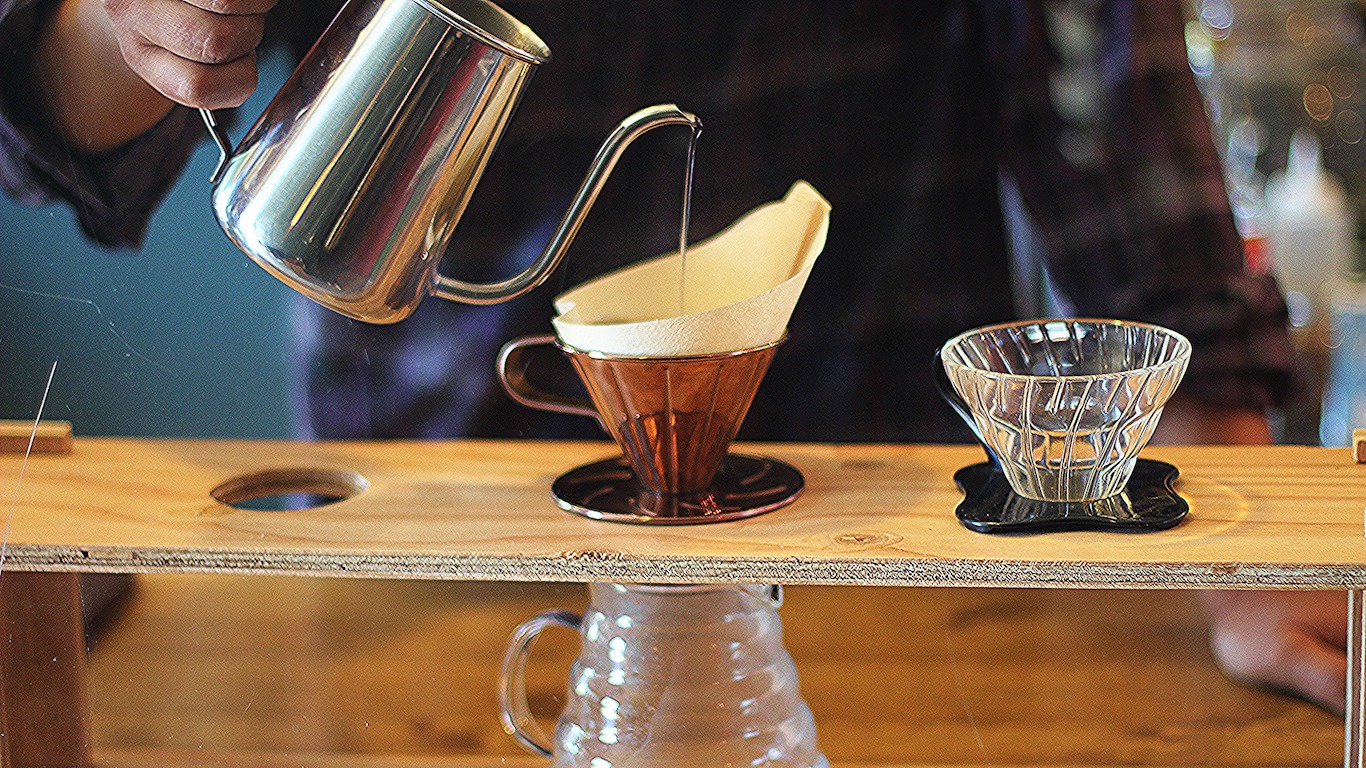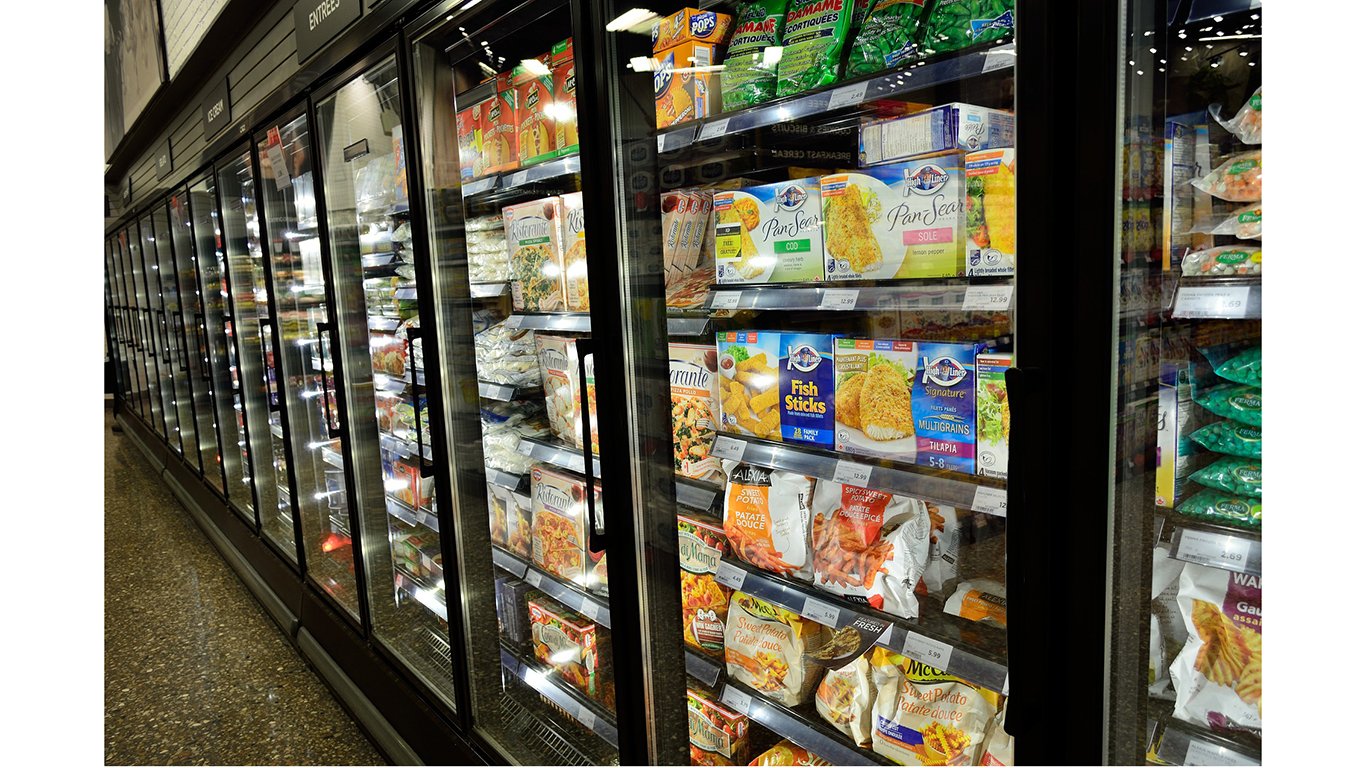

Frozen food as we know it today was developed by New York businessman Clarence Birdseye, who was inspired by observing the way locals preserved food while he was working as a fur trader in Labrador, Canada. Back home, he experimented with quick-freezing techniques for a variety of foods, introducing his first products to the public in 1930.
Today, Birdseye’s name is found in every supermarket frozen-food section in America — though the brand is now spelled “Birds Eye.” The food industry has come a very long way since Birdseye’s products first made their debut, however, and today the vast freezer-case industry offers thousands and thousands of foods, many of which hadn’t been invented or discovered even in their fresh form in Birdseye’s day.
Perhaps surprisingly, though consumers increasingly favor fresh, locally sourced foods, the frozen food market is actually growing. According to a report released last year by the American Frozen Food Institute and the Food Marketing Institute — titled “Frozen Food: The Original Meal Kit” — the category increased by 2.6% in dollars and 2.3% in units sold in 2018. The top three categories were soups/sides, appetizers/snack rolls, and breakfast foods.
Not counting producers of ice cream and other frozen desserts, there are more than 60 major frozen food brands in America alone today, with more being added all the time. And these companies are constantly adding items to their product lines — a total of more than 700 a year, in some cases. Beware, though: Some frozen foods are among the groceries driving up your food bill the most.
Click here for foods you couldn’t buy frozen 40 years ago.
The foods companies choose to market in frozen form reflect our changing tastes and dietary preferences. Both putatively healthy items, including “superfoods” and low-calorie and/or low-carb choices, and unequivocally unhealthy ones (super-high-calorie pizza variations, for instance) continue to appear in freezer cases.
So do newly trendy food items that would have been unknown or marginal a few decades back (quinoa, açaí); familiar foods in new forms (cauliflower “rice”); and selections reflecting increased consumer interest in the cuisines of Asia, the Middle East, and more. (These are the biggest fads and trends in food and drink since 2010.)
24/7 Tempo has assembled a list of frozen foods that you just wouldn’t have found, for various reasons, in 1980. Thaw at your own risk.
Açaí
The pulp of this dark purple “superfood” berry has been a staple for Indigenous peoples in the Amazon Basin for centuries. It started finding an audience in the U.S. only in the early 21st century, though, after two American brothers discovered it in Brazil and figured out how to import the frozen pulp into the U.S. Today, freezer cases stock everything from sorbet to smoothie packs to ready-made “bowls” made with the trendy berry.
[in-text-ad]
Broccoli rice
Cauliflower “couscous” and “rice” (the latter of which may itself have been invented accidentally by an Italian supplier to Trader Joe’s) have been around for a few years. The idea is that the vegetable can be turned into rice-like pellets in a food processor and used as a rice substitute. Now, cauliflower’s green cousin, broccoli, is getting a similar treatment. Green Giant sells both broccoli rice and a broccoli-rice-and-cauliflower-rice combination in frozen forms.
Bruschetta
In its Italian homeland, bruschetta was simply grilled bread rubbed with garlic and drizzled with olive oil, sometimes with chopped tomatoes spread over the top. It evolved into a kind of predecessor to avocado toast in the 1980s in America, with the grilled or toasted bread topped with everything from bananas and Nutella to Philly cheesesteak. Such brands as Tyson, Cedarlane, DiGiorno, and Trader Joe’s offer a variety of frozen versions.
Buddha bowls
Buddha bowls are artfully arranged one-dish meals, usually consisting of one or more grains or starches (rice, quinoa, corn, barley, etc.), a vegetarian protein like tofu or beans, and almost any other combination of vegetables, cooked or raw, from avocado to watercress.The name was apparently first used in early 2005, but interest in the bowls remained modest until late 2016, when interest in them soared. Frozen Buddha bowls are now sold under labels such as PlantPure, Tattooed Chef, and Green Giant (and other companies market basically the same thing as Power Bowls or Nourish Bowls).
[in-text-ad-2]
Cauliflower pizza crust
Not only can cauliflower be turned into rice or couscous: it can also be served as “steak” and combined with masa to make tortillas. Why, then, shouldn’t it become the main ingredient in a grain-free (read paleo- and keto-friendly) pizza crust, too? Recipes for DIY cauliflower pizza crust appeared as early as the late 1980s, but it didn’t appear in frozen form until around 2005.
International wraps
Wraps — which are basically sandwiches served burrito-like, wrapped in lavash, flour tortillas, or other thin flatbread — are said to have been invented in 1979 by one-time baseball star and former New York Mets manager Bobby Valentine. Today, nearly every sandwich shop offers them as between-the-bread alternatives. The virtuous food company Amy’s, though, has expanded the premise with a whole repertoire of internationally inspired wraps, including Greek spanakopita, Moroccan tagine, Indian curry korma, and Vietnamese bánh mì.
[in-text-ad]
Jackfruit curry
Jackfruit is a big, yellow-fleshed, tropical “miracle fruit” that’s become trendy in recent years as a meat substitute. Trader Joe’s sells a jackfruit curry made in its frozen food line — a Thai-style coconut-milk-based vegan dish, combining the fruit with eggplant and red bell pepper. Upton Naturals gives it the frozen Thai curry treatment, too, while another producer, The Jackfruit Company, has a version that includes chickpeas, spinach, and quinoa.
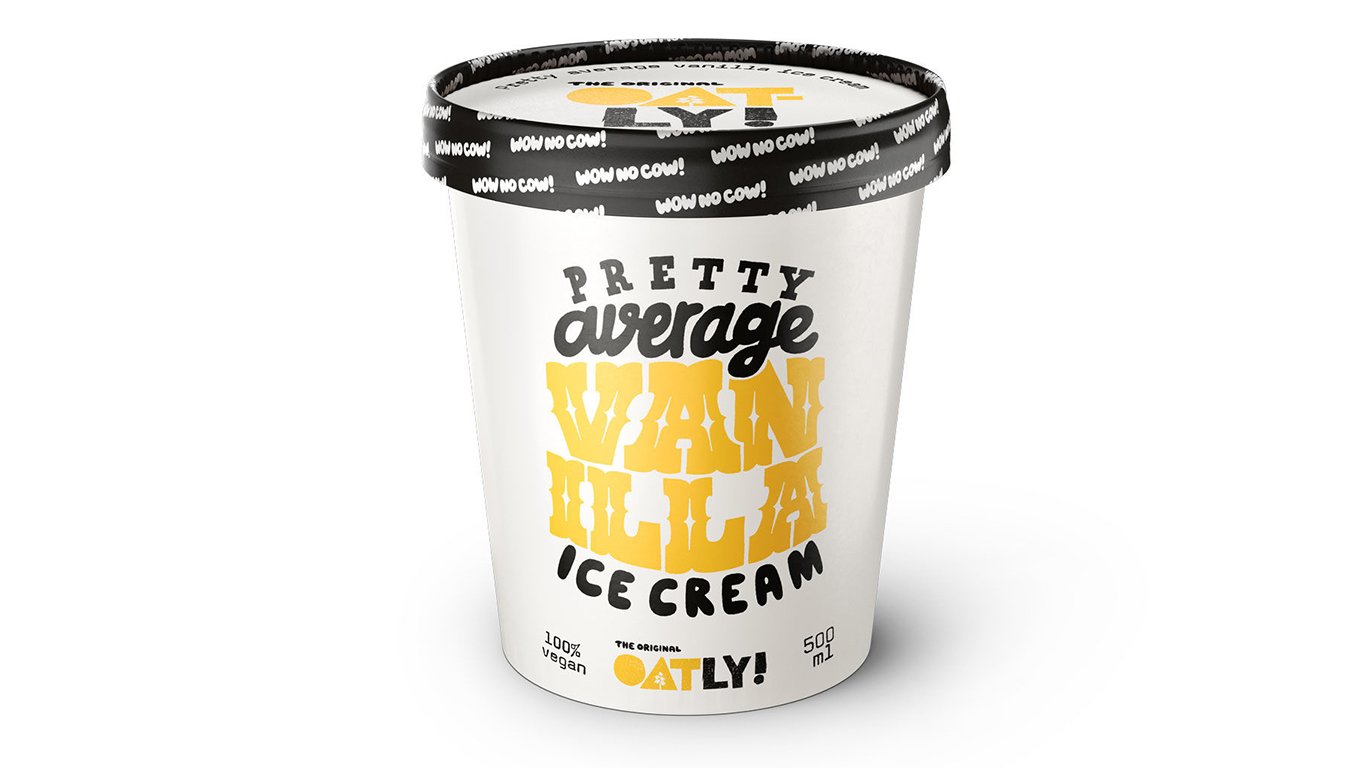
Oat milk “ice cream”
“Milk” made from all kinds of things is appearing on grocery shelves (and often in our coffee) these days — soy, rice, peas, a variety of nuts, and even now oats. Oat milk was first popularized by a Swedish company called Oatly, which launched a line of oat-based ice creams in 2018 (flavors include Pretty Average Vanilla and Totally Basic Chocolate), now available in the U.S. Another company, So Delicious, also has a line of oat milk frozen desserts in such varieties as Caramel Apple Crumble and Peanut Butter and Raspberry.
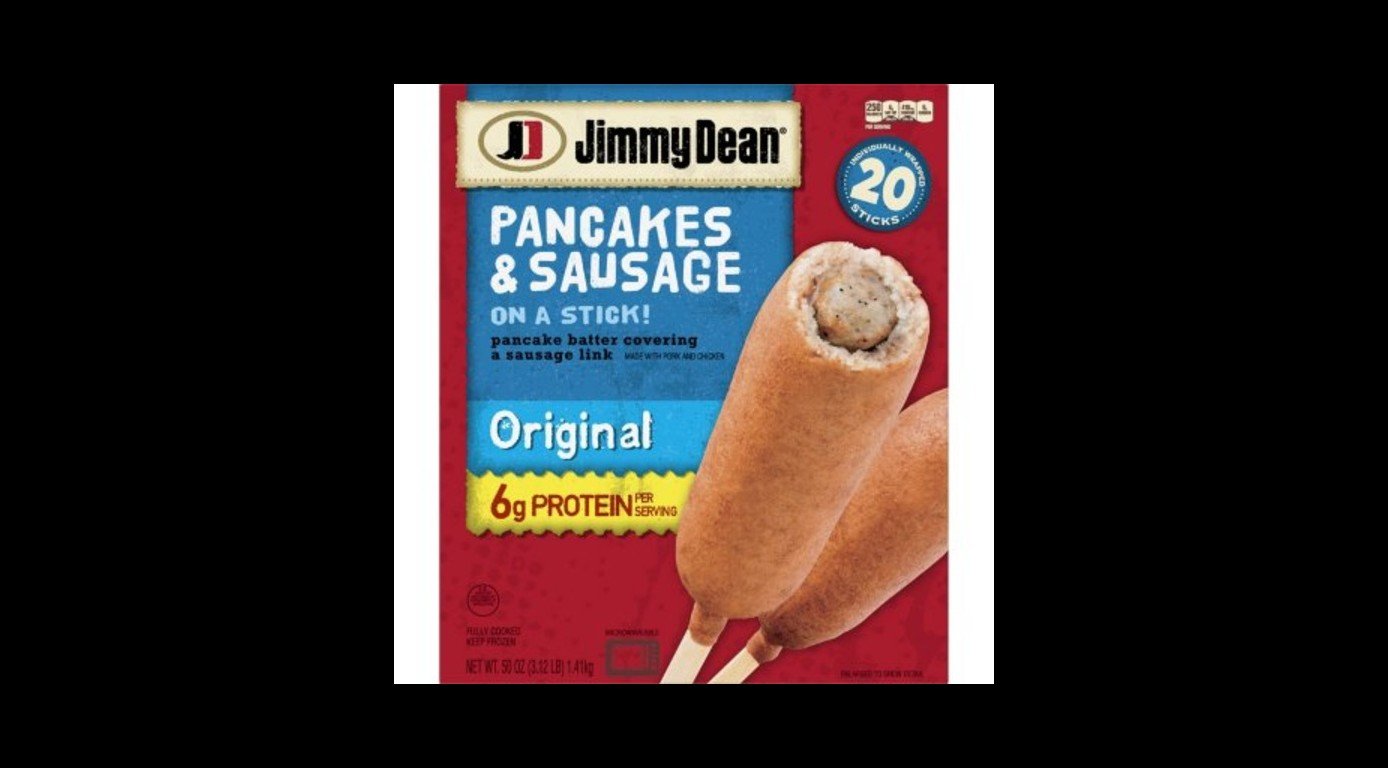
Pancakes and Sausage on a Stick
County fair-style food on a stick — a plump breakfast sausage surrounded by a sweet pancake batter coating — is sort of a corn dog for breakfast. What more could you ask? This 21st-century invention from the Jimmy Dean company also comes in variations made with blueberry, cinnamon, and chocolate chip pancake versions, among others.
[in-text-ad-2]
Pizza & Cookies
Frozen pizza is an old story. It’s been around at least since the 1950s, when the Celentano Brothers began marketing their brand nationwide, followed quickly by Totino — which quickly became the best-selling frozen pizza in America. Today, DiGiorno is number one by far, but the DiGiorno folks must have figured that their customers weren’t getting enough carbs from pizza alone — so they came up with this stomach-swelling combo. The pizza comes in cheese, pepperoni, and supreme variations (the last of these with pepperoni, sausage, peppers, and onions). The cookies are in the form of a package of cookie dough, so you can heat up your pie, then bake the cookies while you eat it so they’re ready for dessert. Is this a great country, or what?

Quinoa
This ancient “grain” (which is actually not a grain botanically, but never mind) has been a dietary staple in the Andes Mountains for 5,000 years. Almost nobody in America would have heard of it — much less known how to pronounce it — until the early years of the 21st century. Today, it ends up in Buddha bowls (see above) and combined with all kinds of vegetables as a side dish. A variety of frozen food producers now offer such options as white quinoa, red quinoa, Mediterranean quinoa, Asian-style quinoa, Southwest quinoa, and more.
[in-text-ad]
Shakshuka
One of Israel’s most famous dishes (also popular in Tunisia and elsewhere in the Middle East), shakshuka consists of eggs cooked with tomato sauce, peppers, onions, and various herbs and spices. Credit for its recent popularity in the U.S. — which started growing only after 2010 — is often given to the London-based Israeli chef Yotam Ottolenghi, who gave a recipe for it in his award-winning 2010 cookbook “Plenty.” Healthy Choice sells a Roasted Red Pepper & Egg White Shakshuka as one of its Power Bowls — and, considering accelerated interest in the dish, other companies are likely to follow soon.
Spiralized vegetables
Produced with a mandoline-like implement called the spiral vegetable slicer or spiralizer, spiralized vegetables — sometimes called “zoodles” or veggie spirals — were something of a rarity until 2014. Long, thin, curly vegetable strips that can be eaten raw, cooked (and sauced) like pasta, or added to bowls and other combination dishes, they were first popularized by New Jersey blogger Ali Maffucci. Trader Joe’s, Birds Eye, Veggie Noodle Co., Costco’s Grain & Simple, and the ubiquitous Green Giant are among the brands that sell these vegetables in frozen form.
Sriracha-flavored anything
Sriracha is a generic name for a kind of chile-based sauce apparently invented in Sri Racha, Thailand. It gained a following in America in the 1980s, after a Vietnamese immigrant to Los Angeles named David Tran began mixing it up and selling it out of a van. He eventually founded Huy Fong Foods and began distributing the sauce nationwide. It took off in late 2010, and since then has shown up not just as a condiment but as flavoring for all kinds of foods, including frozen preparations of chicken, shrimp, salmon, various vegetables, ramen, mac & cheese, and more.
[in-text-ad-2]
Stuffed crust pizza
The Pizza Hut chain introduced Stuffed Crust Pizza in 1995, putting cheese, and sometimes other toppings, within the crust as well as on top of it. (The same year, a New York businessman named Donald Trump appeared in a commercial for the new creation.) In 2001, DiGiorno introduced its version of the pizza to grocery store freezer cases. Walmart’s Sam’s Choice label has a version, too.
Sushi
Aficionados love sushi because it presents a wide variety of fresh, good-quality fish and shellfish in a pristine form. The fact that a lot of the fish has actually been frozen first — to kill any parasites it might contain, among other things — doesn’t seem to affect the quality of the finished product. But freezing the whole thing — fish, rice, and seaweed wrapping together? A company called Banzai Sushi does just that, and apparently the results aren’t bad: Their products were named “best sushi” by the American Tasting Institute.
[in-text-ad]
Thai rolled ice cream
Thai rolled ice cream — also known as stir-fried ice cream or ice pan ice cream — has been a popular street food in Thailand (where it apparently originated) and other Asian countries for years. Made by spreading a thin layer of ice cream mixture on a very cold surface, then scraping it up into rolls that are then stood upright in cups. It was apparently introduced into America for the first time in 2015, and has since become a trendy dessert in some circles. It doesn’t lend itself to supermarket sales — it’s too fragile — but it’s now available in specialty shops all over the country.
Vegan nuggets
The British company Quorn started making meatless chicken-like nuggets (and cutlets and patties) from a kind of fungus in 1986, first shipping them to the U.S. in 2002. Today, a wide variety of vegan and vegetarian morsels in chicken-nugget shapes — sometimes called “chik’n nuggets” — made from various ingredients are available frozen from such brands as Morning Star Farms, Gardein, May Wah, Fry’s, and Whole Foods.
Vegetable tots
Tater tots (shredded potatoes formed into cylinders and deep-fried) are everywhere these days, from the frozen food aisle to the menus of trendy restaurants. A healthier variation on the theme has recently been developed by several frozen food producers, including Green Giant, Birds Eye, and Farmwise. Called “veggie tots,” they’re made with the same technique, but involve vegetables instead of spuds. Green Giant Veggie Tots, available in such flavors as corn or broccoli and cheese, were voted 2018 Product of the Year in the U.S. Consumer Survey of Product Innovation.
[in-text-ad-2]
Veggie burgers
The first “vegeburger” was invented by London restaurateur Gregory Sams in 1982. A frozen version made its debut in 1984, but veggie burgers weren’t widely available in freezer cases until such brands as Gardenburger and Boca Burger appeared (in 1992 and 1993, respectively). Kraft bought Boca Burgers in 2000, and two years later the brand was bringing in more than $70 million annually. Those two brands are still major players, but Morning Star, Gardein, Dr. Praeger’s, Amy’s, Birds Eye, and Whole Foods, among many others, have their own versions — and there are even frozen White Castle veggie sliders!
Sponsored: Want to Retire Early? Here’s a Great First Step
Want retirement to come a few years earlier than you’d planned? Or are you ready to retire now, but want an extra set of eyes on your finances?
Now you can speak with up to 3 financial experts in your area for FREE. By simply clicking here you can begin to match with financial professionals who can help you build your plan to retire early. And the best part? The first conversation with them is free.
Click here to match with up to 3 financial pros who would be excited to help you make financial decisions.
Thank you for reading! Have some feedback for us?
Contact the 24/7 Wall St. editorial team.
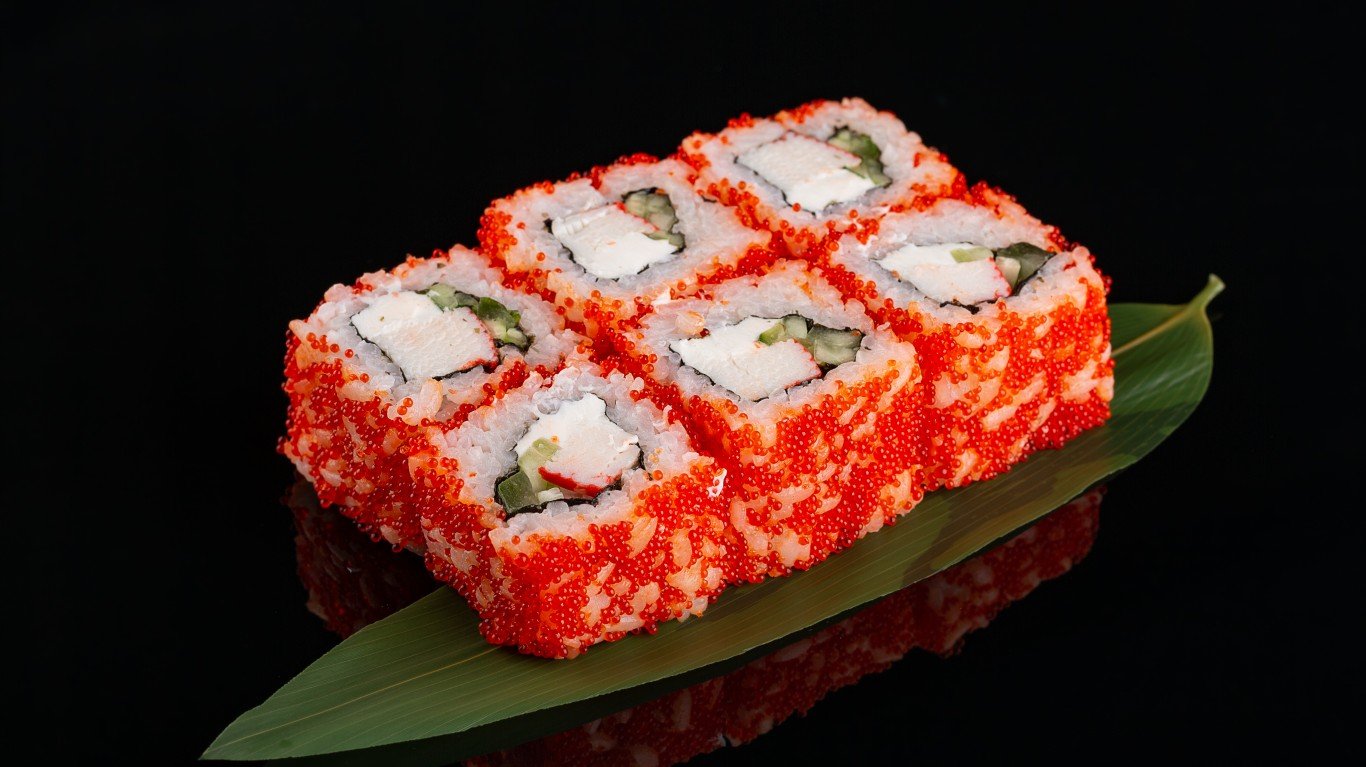 24/7 Wall St.
24/7 Wall St.